Redis Streams in Action: Integration with Spring Boot
Curious about Redis Streams? In this guide, I’ll walk you through the pros and cons, how to set them up with Spring Boot, and share a simple example to get you going.
Silvânio Júnior
5/8/20244 min read
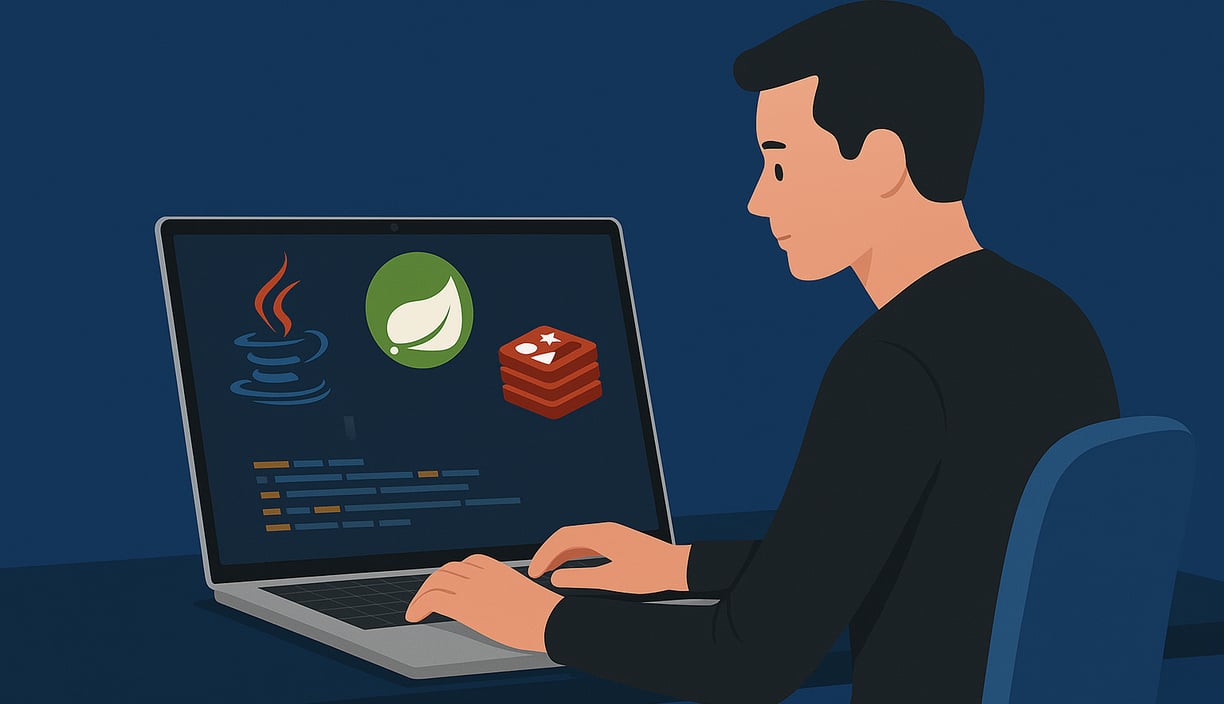

When working with continuous real-time data streams—such as logs, transactions, or sensor events—it's essential to process data as it arrives. That’s where Stream Processing comes in.
This approach allows for immediate handling of data, enabling real-time analysis, transformation, or action without waiting for batch processing or large accumulations.
Stream Processing
A great example of stream processing is when an application needs to broadcast a user action to multiple systems simultaneously.
Imagine a user completes a purchase on an e-commerce platform. This single event can be streamed and consumed in real time by several services:
A billing service generates the invoice.
A logistics service starts the shipping process.
An analytics service logs the event for tracking and metrics.
A notification system sends an email or push message to the customer.
All these consumers receive the same data at the same time and almost instantly, without waiting for batch processing. That’s the power of stream processing.
One tool that has been gaining a lot of attention in this space is Redis Streams, which offers high performance, low latency, and seamless integration with technologies like Spring Boot.
Redis Streams
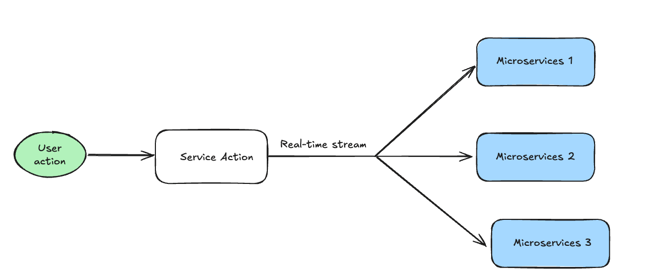

Redis Streams is a powerful data structure designed for managing real-time event-driven data flows.
It leverages an append-only log model to stream messages in a time-ordered fashion, enabling asynchronous communication between producers and multiple consumer groups. This makes it ideal for building event-driven architectures, real-time analytics pipelines, and decoupled microservices integrations.
"A Redis stream is a data structure that acts like an append-only log but also implements several operations to overcome some of the limits of a typical append-only log. These include random access in O(1) time and complex consumption strategies, such as consumer groups. You can use streams to record and simultaneously syndicate events in real time."
Redis Streams is based on a series of stream entries, where each entry is assigned a unique ID composed of a timestamp and sequence number.
This ID serves as the key, while the associated data forms the value in a key-value pair structure.Stream entries are stored in memory and can be persisted through Redis’ AOF (Append-Only File) or RDB (Redis Database) mechanisms.
All Redis Streams operations are performed in memory, which ensures extremely high performance and low latency for real-time data processing.
Producers and consumers
When working with Redis Streams, we adopt the concept of producers and consumers.
Producers are responsible for publishing messages to the stream, while consumers retrieve and process those messages. Redis Streams supports two types of consumers: simple consumers and consumer groups.
Consumer groups are particularly useful for scaling microservices. They allow messages from the stream to be processed by only one consumer within the group, preventing duplicate processing across replicas. This means you can deliver the same message to multiple microservices, and if a microservice has multiple instances (replicas), only one instance will handle the message.
It's important to note that consumers not assigned to any group will receive all messages, which is suitable for broadcast-style processing, while consumer groups are ideal for load balancing and horizontal scaling.
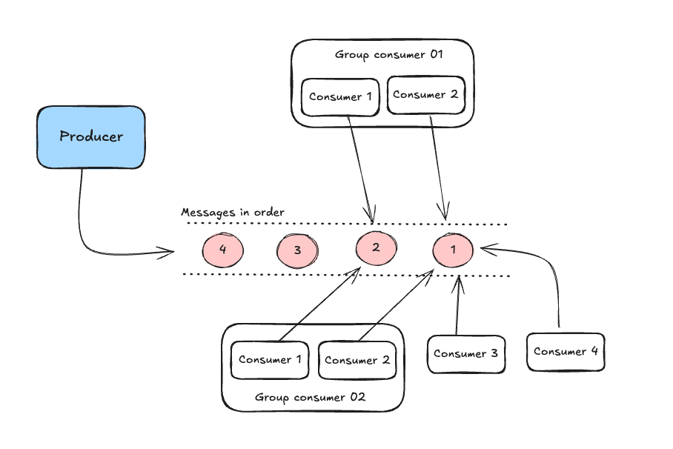

Why Consider Redis Streams?

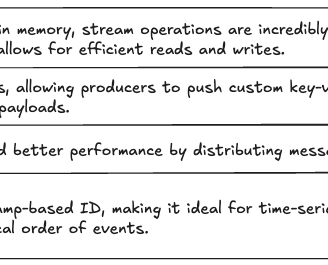
Using Redis Streams with Spring Boot
Redis Streams offers a high-performance, in-memory solution for handling real-time event data. It supports reliable message delivery, flexible data structures, and horizontal scalability through consumer groups — making it ideal for building reactive, event-driven microservice architectures with low latency and high throughput.
Spring Boot is a framework that simplifies the creation and development of applications by offering built-in features and an easy-to-use structure. It provides seamless integration with various Spring-based tools, which can be used as needed depending on the project's requirements.
In this case, we're talking about Redis Streams. Spring Boot includes Spring Data Redis, a dedicated module that makes working with Redis (including Streams) straightforward. The library provides ready-to-use components and abstractions that simplify the implementation of producers and consumers, allowing developers to integrate Redis Streams into their applications with minimal boilerplate.
Spring Redis Stream documentation
Configution Spring boot project
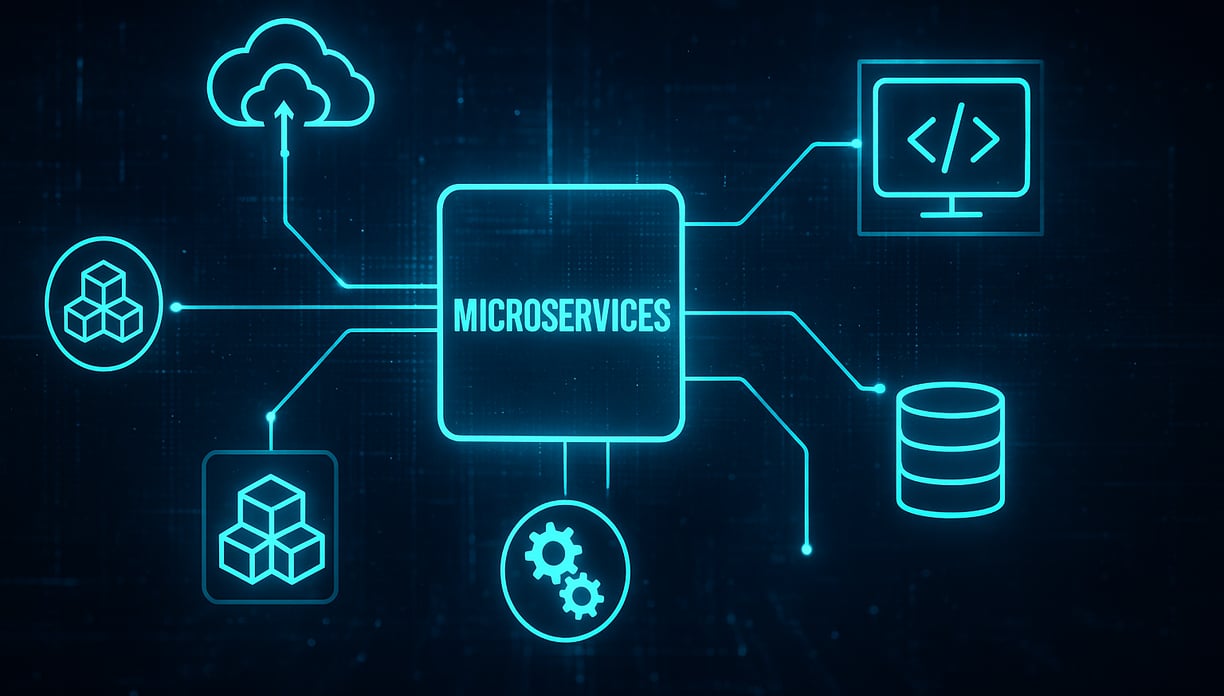

To work with Redis Streams in a Spring Boot application, you can use the Spring Data Redis module. It provides built-in support for working with stream records, serialization, consumer groups, and message listeners.
This setup includes:
Creating a stream listener container that polls the Redis stream
Registering a consumer group if it doesn't exist
Configuring automatic acknowledgment
Implementing a listener to handle messages of a specific type
To better illustrate the concept, I created a sample project on GitHub. The README.md provides a step-by-step guide on how to configure and run the application.

Conclusion
Redis Streams is a high-performance, in-memory data structure that’s great for handling asynchronous communication and decoupling components in a distributed system. It provides a flexible way to stream events and scale processing using consumer groups, making it especially useful for microservice architectures.
However, it’s important to be aware of its limitations. Redis Streams does not guarantee durability, and message retention is memory-bound, which means older data may be trimmed unless explicitly managed. Unlike platforms such as Apache Kafka or Flink, Redis Streams doesn't offer native support for advanced event processing patterns.
That said, if your use case requires lightweight stream handling with moderate retention needs and horizontal scalability, Redis Streams is a solid alternative to Redis Pub/Sub — especially when message reliability and acknowledgment are important. Pub/Sub, in contrast, uses a fire-and-forget model, where messages are lost if consumers aren’t actively listening.
